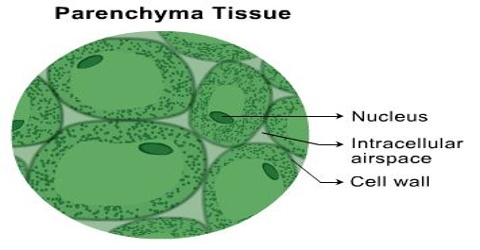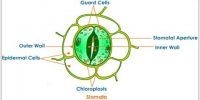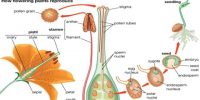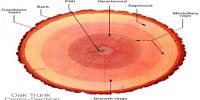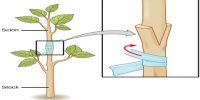Parenchyma Tissue in plants
Position: Parenchymatous tissue occupies the major parts of various plant organs such as- Pith, mesophyll of leaves, cortex etc. It is the main tissue in the plant body, occurring in almost all regions. It is particularly abundant in the root and stem. It is the least specialized among the permanent tissues.
Structure: Parenchyma forms the cortex of stems, the inner layer of cells within a leaf, the endosperm material that feeds a growing seed, and the pulp of a fruit.
(i) Round, oral or polygonal in shape.
(ii) Generally, intercellular space is present
(iii) If the cells of this tissue contain chloroplast it’s called chlorenchyma
(iv) It is composed of living cells
(v) Mesophyll of leaves are composed of chlorenchyma.

Function: Parenchyma cells can serve many functions. Their role is largely based on their location in the plant; that can determine whether they will serve in storage, photosynthesis, or damage repair.
- To store, manufacture and conduct food materials.
- If it is present in epidermis, it may be defensive in function.
- It takes part in other functions like photosynthesis, absorption, secretion and protection.
- Parenchyma containing chlorophyll, chlorenchyma performs photosynthesis.
- It helps in lateral conduction as a component of phloem and xylem.
